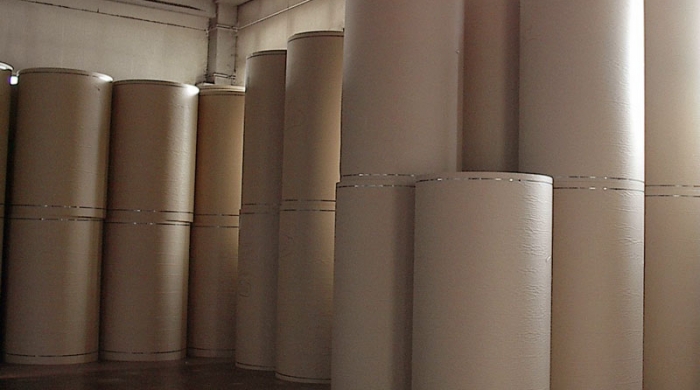Market for paper for corrugating machines: Will 2012 be the turning point?
Interview with Felice De Iuliis, Cartesar SpA GM
We hope that 2012 has been our turning point, that “rock bottom has been hit” and that, despite the well-known economic situation, we can find a way to recover at least “cohesion” within the supply chain (recoverers, producers, transformers).
Our common goal should be the conquest of new corrugated cardboard packaging market shares, which is certainly for public opinion the recyclable and environmentally friendly packaging.
We should work “in a network” and not antagonistically if we don’t want to destroy ourselves. Again in the past year, the entire paper industry heavily suffered the effects of the crisis that has further accelerated the process of reorganisation that has been underway between 2007 and 2012, the number of companies operating in this sector changed from 143 to 126 units, and plants from 186 to 160.
From record levels in 2007, paper production has lost overall 1.5 million tons, 620,000 of which in the area of paper for corrugating machines alone. In 2012, the production of this type of paper was only slightly higher than 2.1 million tons, with a 9% reduction compared to the 2011 volumes.
In the presence of a significant reduction in domestic demand (apparent consumption of this type of paper decreased by 5.8%), imports amounted to more than 1.37 million tons, near 2007 levels (about 1.39 million tons). Over 73% of these volumes come from the EU27 area that, with over 1 million tons, showed an increase of around 10%. The most substantial growth (+15%) of inflows from this area was recorded for fluting (mainly 80/90g/sq.m), which exceeded 466 thousand tons.
In 2012, national corrugated cardboard production was 3.47 million tons, down 3.9% from 2011 volumes (3.61 million tons).
For years we have been net exporters for waste paper and, with the exception of 2010, volumes are increasing each year. In 2012, wastepaper export almost reached 2 million tons, more than 50% of which is directed towards China. Comieco auctions have been fully operational. With 12 auctions carried out between May 2011 and February 2013, a total of 1.45 million tons of waste paper was assigned, and the first 7 contracted companies (including only one paper mill) acquired more than 72% of the volumes. For electricity, the severe consumer crisis caused prices to fall, but system costs remain high.
I hope that Article 39 of Legal Decree 83 dated June 2, 2012 (Development Decree) can be applied as soon as possible.
My thanks to President Paolo Culicchi and the Assocarta team for achieving this result.
Despite the fact that methane gas has collapsed in America thanks to the new “shale gas” extraction technology, in Europe it continues to be supported and unsustainable for paper mills.
With regard to loans, despite the legislative decree No. 192 dated November 9, 2012, which incorporates European Directive 2011/7/EU, payment times continue to expand, and despite this, paper mills pay the workforce, part of the waste paper (abundant guarantees must also be issued for Comieco auctions), and methane gas on average in 30 days.
Despite the pessimistic picture set out, even at a time of crisis like this, Italian paper mills do not cover domestic demand and suffer from the periodicals of our European colleagues.
We need to believe and invest, adapt and innovate plants and at least partially recover the market that we have lost.
Source: 2013 Assocarta Annual Report

